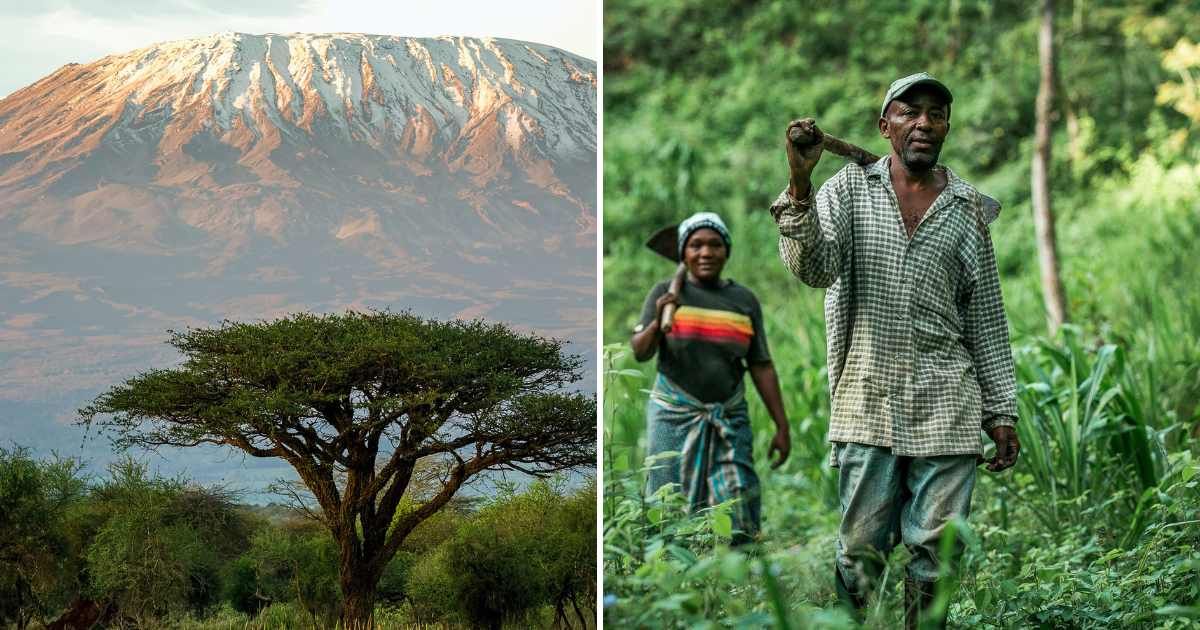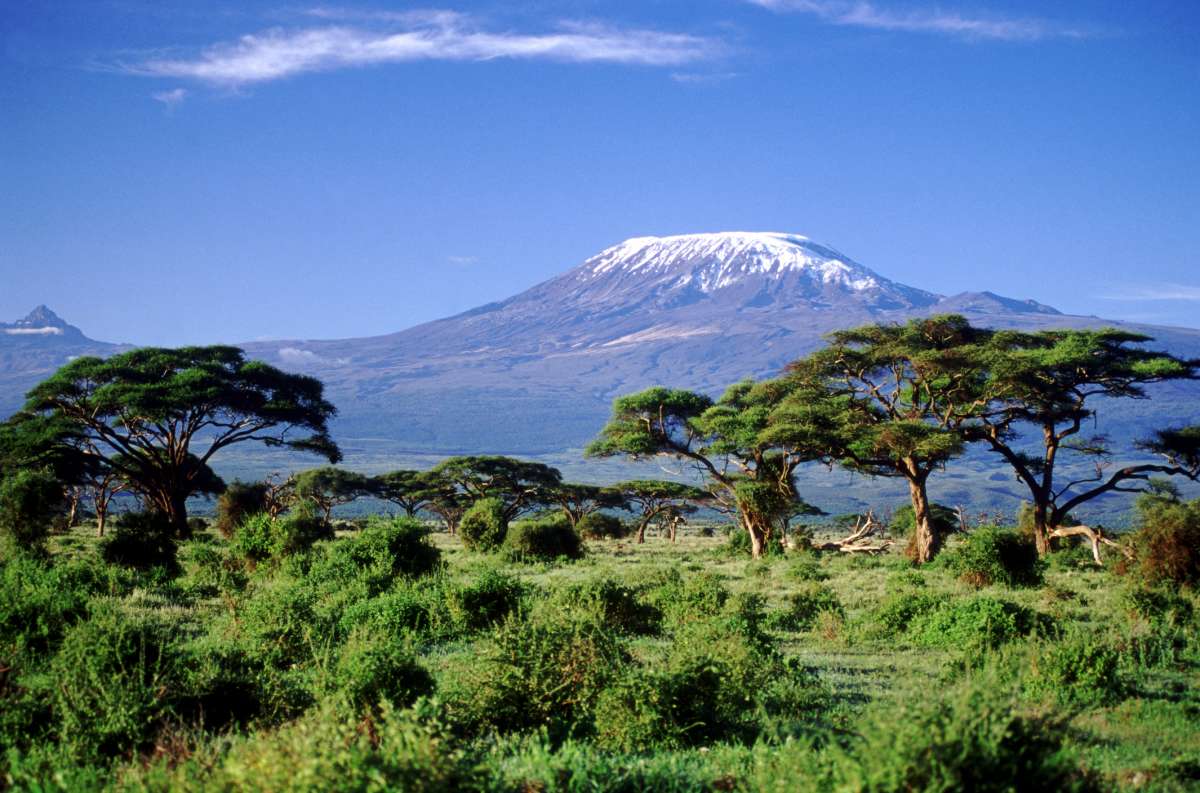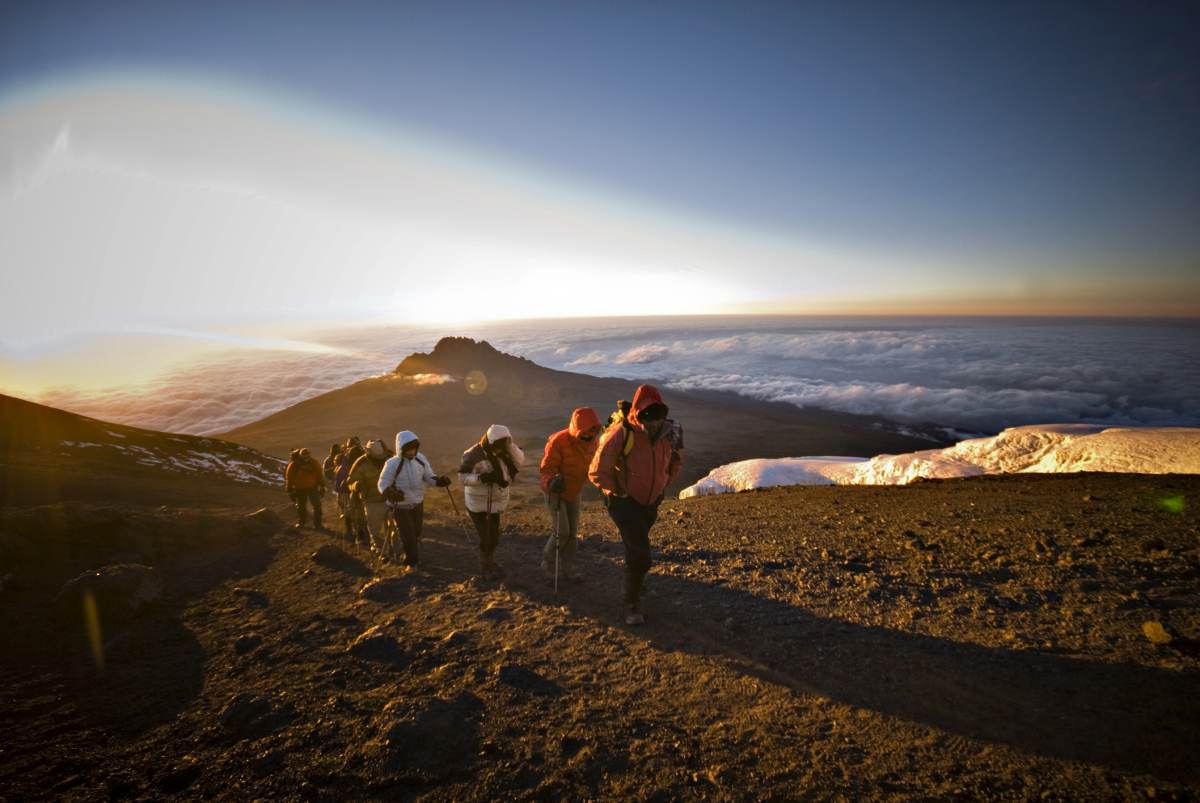People in This Country Are Urged to Plant One Billion Trees to Preserve the Mountain Ice Cap

Fear is a piece of information that signals that something is wrong and something needs to be done about it. These days, a recurring fear lingers in the minds of Tanzanians because their sacred mountain beast is teetering on the edge of collapse. Mount Kilimanjaro, the 19,341-foot behemoth, often immortalized in poetry and stories, could be gone by 2050, per UN News. The cause is, as you might have already guessed, climate change.

Just three degrees South of the equator, Kibo ice cap, the poster child of global climate change, is already starved of snowfall and bombarded with sizzling solar radiation, says American Scientist. The tree-lined slopes are slowly becoming treeless, and the dormant volcanoes are just hardened cones of lava and ash. Kilimanjaro is dying. And so, people of Tanzania have been called upon to plant at least one billion trees to protect it.
If a psychologist could see the feelings of Kilimanjaro, one of the highest freestanding mountain peaks, they would probably report that it is crying. Driven by whipping solar winds that lash upon its snowy blanket, crumbling it apart and agitate its icy caverns to rise into vapor, the mountain is slowly departing. And humans residing around it have already taken the call, the call to never let it go.
Kilimanjaro Walk
On May 17th this year, Tanzanians organized an event intending to plant two million trees as part of a short-term plan to protect their beloved “White Mountain.” The event was graced by the Tanzanian Prime Minister, Kassim Majaliwa, according to Daily News. During the event, the participants covered various distance scales starting from Marangu Gate, a key entry point to Kilimanjaro National Park. They covered 5 kilometers, 10 kilometers, and 16 kilometers across four regions—Kilimanjaro, Manyara, Arusha, and Tanga. While they walked, the other participants stopped by on the way to pepper the dwindling mountainscape with lush rows of trees.
In a press meeting following the walk, the Foundation’s Chief Executive Officer, Deborah Nyakisinda, shared that this two-million-tree campaign is just the starting point. There’s so much more to come, as per their vision. Over the next five years, she said, the foundation is planning to plant 10 million trees, and by 2050, Kilimanjaro’s jagged slopes will be dancing with one billion trees.
View this post on Instagram
“The value of one tree is 5,000/-,” Nyakisinda stated, adding that, “We must all join hands to preserve our beautiful mountain and protect our environment for future generations.” She called all the local stakeholders and environmental visionaries to participate and contribute to the project. One of the high-profile contributors turned out to be the Tanzania National Parks Authority (TANAPA).

TANAPA’s Senior Conservation Officer, Haika Bayona, restated their commitment towards Kilimanjaro’s conservation and environmental protection in general. “TANAPA will continue to support these vital efforts to protect the country’s natural resources. Preserving the ecosystem of Mount Kilimanjaro is not only crucial for environmental sustainability but also for the tourism industry, which contributes significantly to Tanzania’s economy,” said Bayona. Ultimately, no one knows whether Kilimanjaro will live or disappear. But if humans do all they can to protect it, the mountain would thank them forever, even if someday it lifts from the crust, flits upwards, and vanishes in thin mist.
More on Green Matters
Engineer Believed Painting A Mountain White Could Restore Glaciers — He Was In For a Surprise
A 'Lazy Sloth' Robot Hanging on Forest Trees is Quietly Protecting Our Planet: 'Slow is Better'